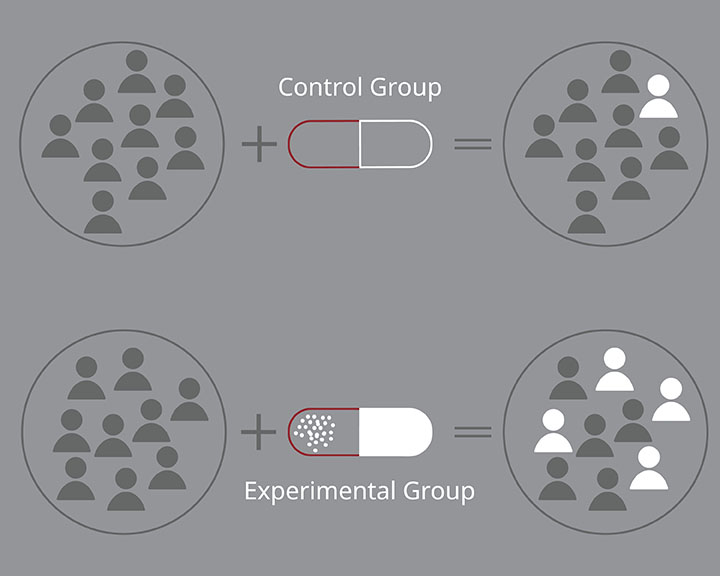
< Back
variable
Definition
A variable is a quantity that can take on different values. It is often used to represent the things that we are trying to measure or control in an experiment.
In science, variables can be classified into two types: independent variables and dependent variables. The independent variable is the variable that we change, and the dependent variable is the variable that we measure.
For example, in the plant experiment, the independent variable would be the amount of water, and the dependent variable would be the height of the plant.
We can use variables to create mathematical models of the world around us. These models can help us to understand how things work and to make predictions about the future.
How can the word be used?
The number of students in the class is a variable.

Different forms of the word
Noun: a quantity that can change in value.
Adjective: of or relating to a variable.
Etymology
The word "variable" comes from the Latin word "variabilis", which means "changeable".
The first recorded use of the word "variable" in English was in the 16th century.
Question
What role does the variable play in any science investigation?
AQA Science Exam Question and Answer
Question:
Define and provide an example of an independent variable in a scientific experiment. How does the manipulation of the independent variable impact the experimental outcome?
Answer:
An independent variable in a scientific experiment is the factor deliberately changed by the researcher to observe its effects on the dependent variable. It is the variable that is manipulated to investigate its influence on the phenomenon under study. For example, in an experiment investigating the effect of light intensity on plant growth, the independent variable would be the light intensity.
When the independent variable is altered, it can lead to changes in the dependent variable, which is the outcome or response being measured. In the plant growth experiment, as the light intensity is increased or decreased, the dependent variable (plant growth) is observed and measured to determine if there are any noticeable changes. This manipulation helps establish cause-and-effect relationships and allows scientists to draw conclusions about how changes in one variable impact another.